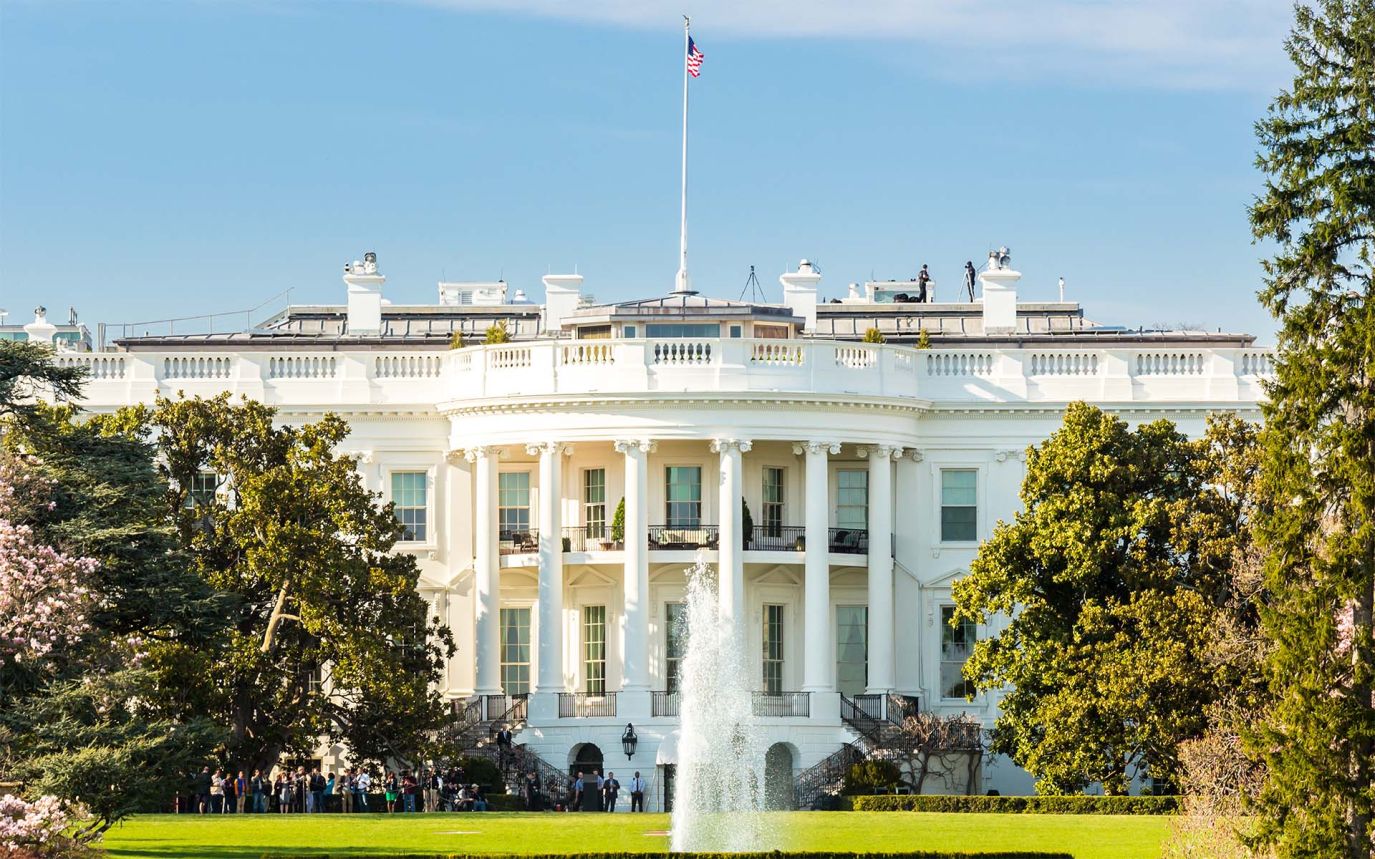China Challenge Intensifies US-Japan-Philippines Cooperation

The United States and two major Indo-Pacific allies – Japan and the Philippines – are intensifying diplomatic and military cooperation in direct response to China’s “strategic challenge.”
On 10 April, the White House hosted a summit meeting between President Joe Biden and Japanese Prime Minister Fumio Kishida, during which the two leaders agreed to upgrade US-Japan military relations and expand economic and technology cooperation. The two leaders indicated that China is a “strategic challenge” to global peace and security.
- The two leaders expressed commitment to upgrading the respective command and control frameworks of their two countries “to enable seamless integration of operations and capabilities” between the two militaries.
- Japan will also acquire operational capability of the Tomahawk Land Attack Missile, which has the capability to strike targets on the Chinese mainland.
- In addition, the two leaders announced their vision “to cooperate on a networked air defense architecture among the United States, Japan, and Australia to counter growing air and missile threats.” The joint statement issued after the meeting indicated that AUKUS partners “are considering cooperation with Japan on AUKUS Pillar II advanced capability projects.”
- On 11 April, during his address to the US Congress, Prime Minister Kishida stated, “China’s current external stance and military actions present an unprecedented and greatest strategic challenge, not only to the peace and security of Japan but to the peace and stability of the international community at large.”
On 11 April, after the US-Japan summit, Washington hosted the first trilateral summit involving the United States, Japan, and the Philippines. The trilateral summit reaffirmed support for the Philippines in its disputes with China in the South China Sea (SCS). To fill the investment gaps resulting from the Philippines’ withdrawal of participation in China’s Belt and Road Initiative (BRI), the trilateral summit also promised to support Philippine infrastructure development through the Partnership for Global Infrastructure and Investment (PGII) framework.
- G7 formed PGII in 2022 as an alternative source of critical infrastructure funding for developing nations who might otherwise rely on BRI funding.
- In late October 2023, the Philippines ended its participation in BRI following a series of tense incidents in the SCS. In 2022, the Philippines received BRI funding valued at approximately $67.8 billion. Manila’s withdrawal from BRI ended BRI funding for a $4.9 billion railway project.
- In March, the US announced a $1 billion investment package for the Philippines.
In addition to these diplomatic maneuvers, the US has been conducting joint naval exercises with regional allies, including Japan and the Philippines, in the SCS and the East China Sea.
- On 7 April, the US, Japan, Australia, and the Philippines conducted a joint naval exercise in the SCS.
- On 11 and 12 April, the US, Japan, and South Korea held a joint naval exercise off the waters of Okinawa in the East China Sea. The US nuclear-powered aircraft carrier Theodore Roosevelt led the exercise.
In response to the naval exercises, China has dispatched “combat air and maritime patrols” and Coast Guard ships to the areas where the exercises took place.
- Also on 12 April, the Chinese Foreign Ministry summoned top Japanese and Philippine diplomats to deliver strongly-worded diplomatic representations, emphasizing China’s intent to safeguard its sovereignty and territorial integrity. Chinese media also launched a wave of attacks against the three countries, particularly the US.
China’s 5G influence in developing economies
China’s Belt and Road Initiative and its digital counterpart, the Digital Silk Road, threaten to displace US telecom and tech companies in developing economies in Africa, Latin America and the Middle East. How can US operators and network providers stand up to the challenge?